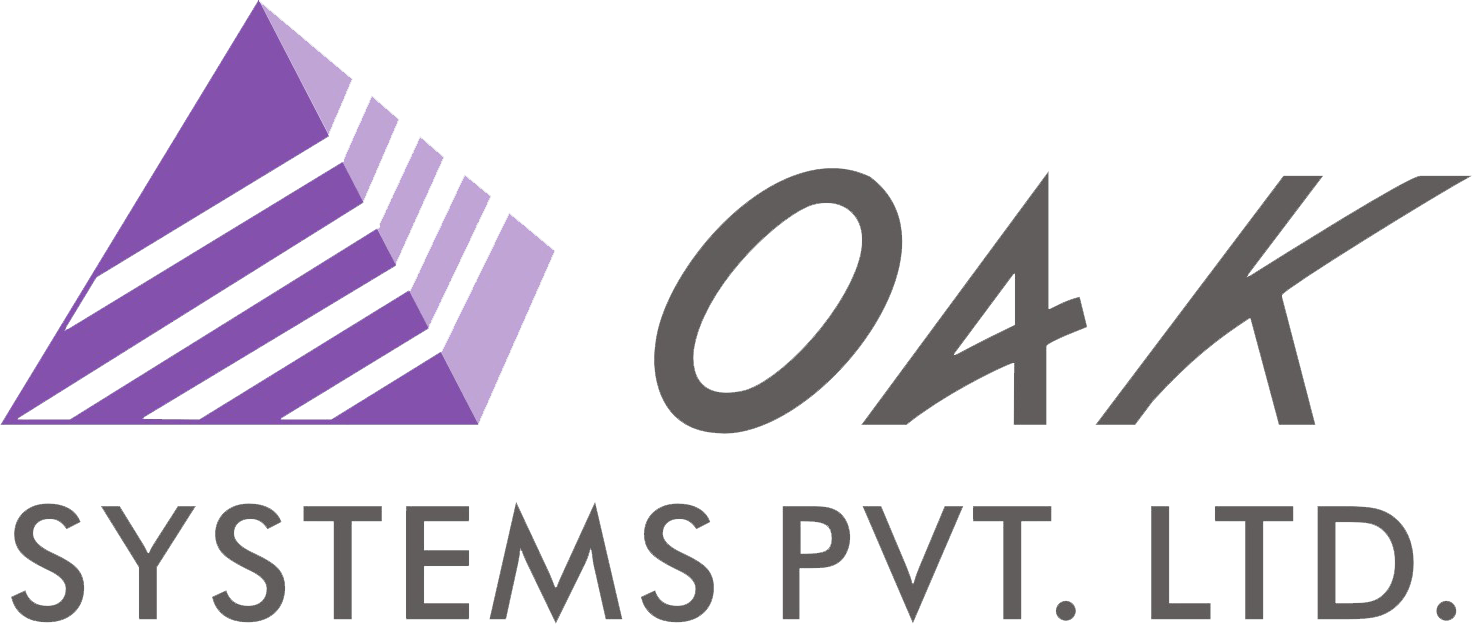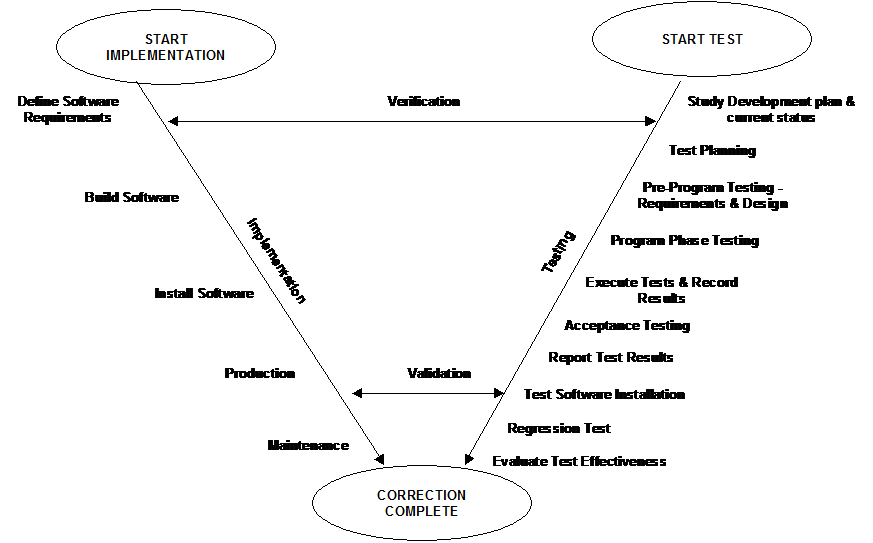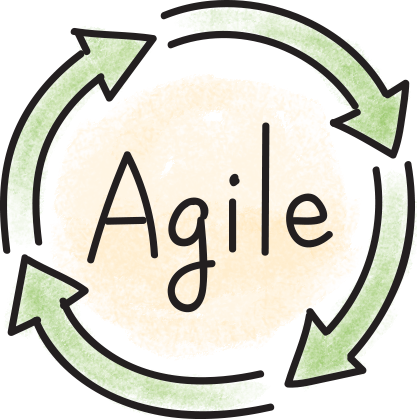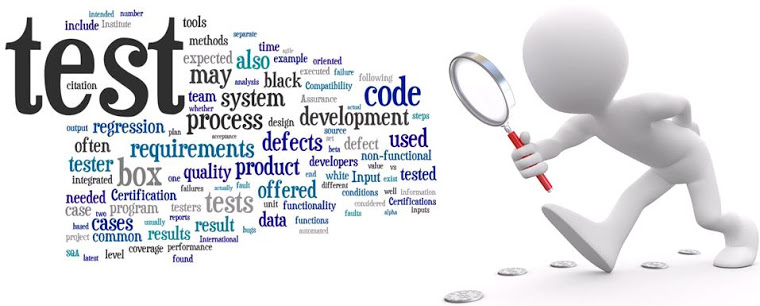Resource Center
Crowd Testing – Types of Testing & Domains
Types of Testing Leveraging Crowd 1. Beta & Compatibility testing Crowd-source testing is best for things like beta and compatibility testing, which are necessary final steps for testing; however, most software is far too complex for late-stage testing like this to cover all of the possible issues. A dedicated outsourced or in-house testing team will
Software Testing Lifecycle – V testing
The V diagram in below figure represents Verification and Validation through SDLC. Various stages in the SDLC are depicted in the left arm of the V and the corresponding testing stages are depicted in the right arm. One would note that in early stages of SDLC, the software testing comprises of more verification activities and
Limitations of Performance Testing
Load testing is a powerful and cost-effective technique for analyzing web application performance. Even the most carefully constructed load-testing environment cannot reproduce the real world perfectly. Some of the limitations include: Network Imitation: Load tests are executed in a LAN. Real world traffic, on the other hand is sent over a WAN, and can encounter
Checklists for Test Data Strategy
Like the testing process, Test Data Management is a lifecycle process and involves strategic steps through the lifecycle. Below are eight steps for a complete test data strategy. Actions 1. Data Attribute Characteristics and Compatibility Requirements – Identify data attribute characteristics (for example, values/ranges and relationships) – Establish data compatibility requirements across environments 2. Determine
Test Automation in agile projects
There is enormous scope for automation in agile projects. Following are some of the areas that benefit from test automation – Test-ware Generation – (Test Data and Test Scripts Generation). Automation tools can create specialized test data such as sample email messages, databases, or combinations of parameters required to be covered in tests. Configuration Management
Software Testing using the Cloud
We would like to test a software, for which we need to setup a test environment. The test environment would consist of requisite hardware- software infrastructure as well as the necessary automated test tools. It is a known fact that, in many cases, the cost of setting up the test environment and effort/time needed to
Software Testing Process
To remove defects effectively, at the earliest possible stage and at lowest cost, Software Development, Acquisition or supply involve both verification and validation activities. The focus of validation activities is on actual testing (unit, system, integration, and acceptance Testing) rather than review/inspections. This process is followed for all types of testing, namely – Unit, Integration,
Key challenges in Software Testing process and suggested best practices
Key challenges in testing process and some ideas to bring in efficiencies in these elements to improve testing process – * Time taken in Test Case Generation – Test case generation consumes 40-45 percent of the testing effort. Recommendations Efficient and complete test cases ensure efficiency of the test process. Automating the test case generation
Developing the Test Strategy
The test strategy should be such that it gives the highest level of confidence in the tested product for the given objective while trying to keep the cost of the testing at the lowest. Some of the known things that are incorporated in Test Strategies include: * Earlier a bug is detected, the cheaper it
Tooling for Test Management
There are many commercial tools for test management (few open source as well). These tools have broadly two categories of features – (i) Test case management (ii) Bug-tracking. While there are number of open-source tools (for eample, Bugzilla), there are not many in open-source category to combine test case management and bug-tracking functionality. Below table
















